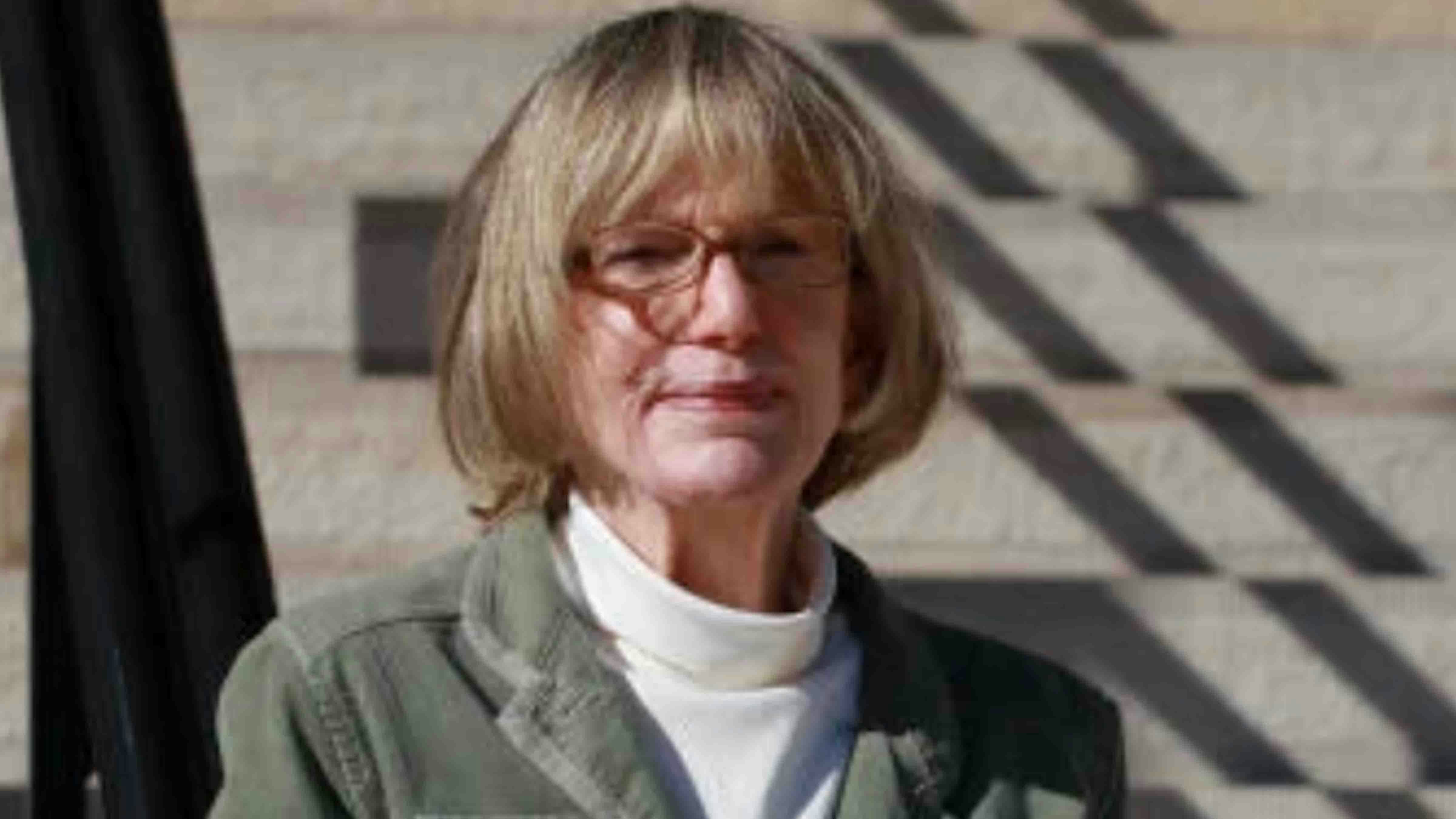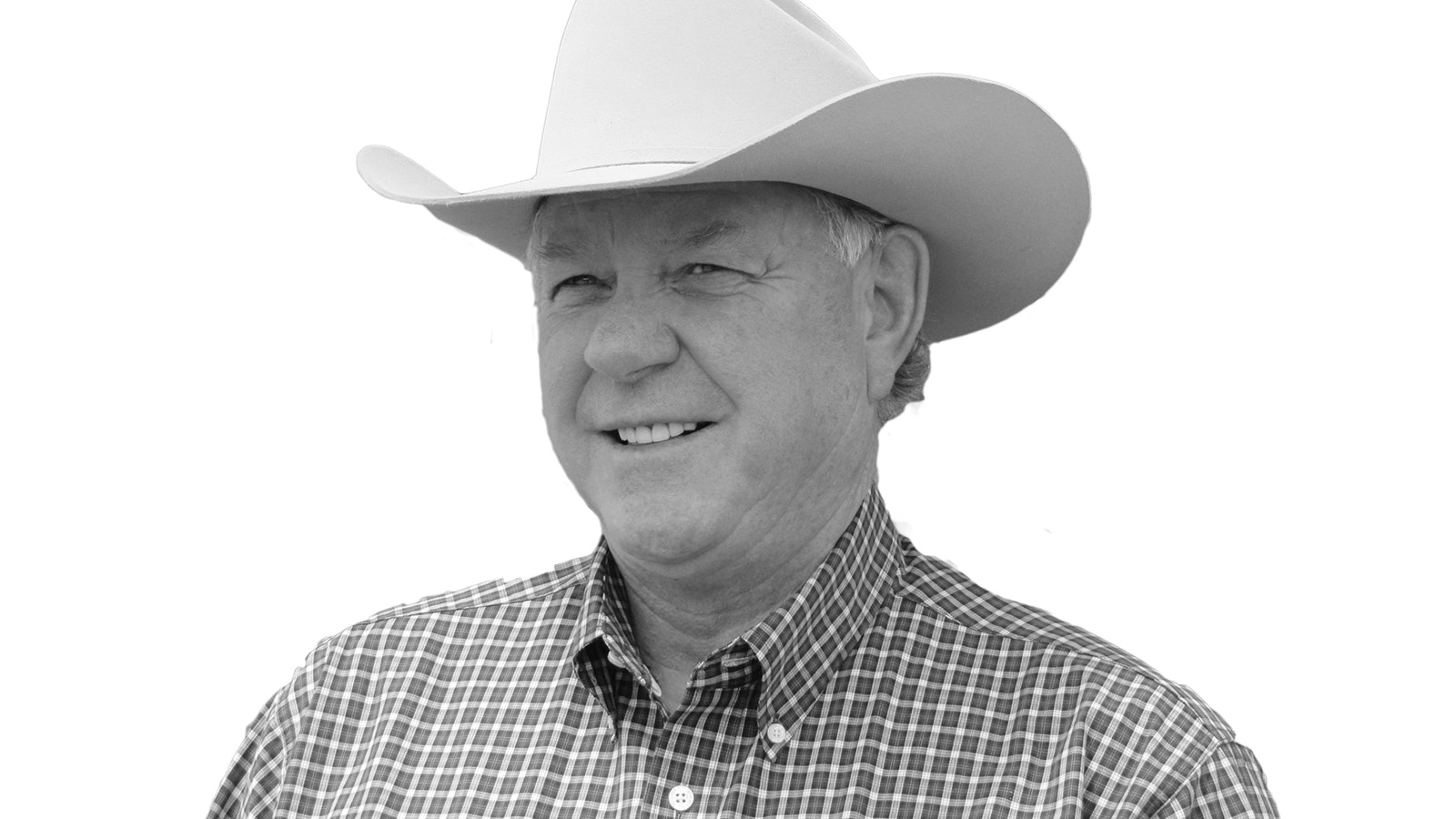Nine miles south of the single acre of land I own in the mountains, the huge Mullen Fire had burned 176,840 acres in the Snowy Range of the Rocky Mountains as of last week.
Now there’s a sobering thought.
The fire has been burning since mid September, and is now 69 percent contained, thanks to the efforts of almost 1,000 firefighters, fleets of fire-fighting equipment, and slurry bombing airplanes.
Between my little acre and the massive fire to the south are Libby Flats, Medicine Bow Peak, and other peaks, which are above timberline, providing an effective fire barrier.
Still, nine miles is small comfort when I consider the safety of the mountain property I have owned for 39 years, and the small log cabin a friend and I built in the 1980s.
Before the Mullen Fire started, I drove through the area that would be hardest hit, along the Wyoming/Colorado border. Along Highway 230, I was amazed at the miles of dead timber lining the road.
The massive pine bark beetle infestation, first noted in 1996, ravaged huge tracts of land in Wyoming and Colorado, and today, 24 years later, the amount of standing dead timber is staggering.
In 2008, I had a visit from a local fire department official at my cabin. He was promoting a state program encouraging landowners to cut down trees near their cabins. The state of Wyoming would pay up to $2,000 (later $2,200) for labor and chainsaw time to make cabins less likely to burn.
“I bought this land because of the trees,” I told the guy. “I don’t want to cut them down.”
“A lot of them are already dead, Dave,” he replied.
After some thought, I agreed to participate, and he came back to mark trees – most of them dead – around my cabin, and I got to work with my small chainsaw.
But getting rid of all the dead trees was far bigger than anything I could handle, so in July of 2011 I had a young guy who had vast experience cutting trees with the Bureau of Land Management cut down 65 very large trees on my land.
I had a much larger chainsaw by then, and got to work cutting up logs even as he was bringing more trees crashing to the ground. It was a huge mess, with felled trees lying everywhere.
The work cleaning up would go on for years. About five years ago, I hacked up and stacked the last of those dead trees, and have spent the remaining summers splitting the logs, carrying them back to my fire pit and burning them. It’s quite an exercise routine.
Next summer will be 10 years since we cut down those 65 trees, and I’ve still got a couple summers to go before the last of that dead timber has been split, hauled and burned.
And I’m just dealing with one acre, surrounded by hundreds of thousands of acres of public land in the Medicine Bow National Forest, and millions of beetle dead standing trees.
The growing threat in recent years is long dead trees, rotted out over the years at the roots, and blown over by the wind. In one day last summer, I saw two large trees – one on the edge of my property – simply crashing to the ground on a windy day.
Many of my neighbors participated in the program to clear trees around cabins, so our little community – about 100 lots in size – is in better shape than the surrounding national forest.
So far, we have been lucky and not had large fires in our neck of the woods. We have put a lot of hours and sweat into properly maintaining our land, but we could easily be consumed if a conflagration like the Mullen Fire comes our way.
On the radio a couple weeks ago, the Nelson brothers of Clear Out West Radio related this western advice when it comes to maintaining land:
“Log it, graze it, or watch it burn.”
There’s the distinct feeling that unless something changes in the management of our national forest neighbor, watching it burn is a real possibility.
Dave Simpson can be contacted at davesimpson145@hotmail.com





